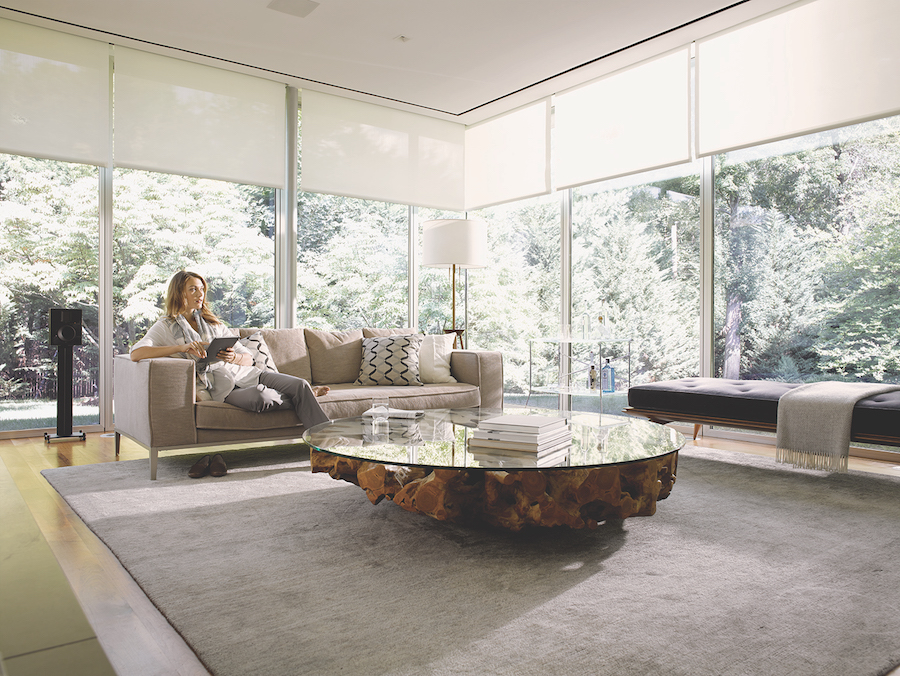
Planning for Home Automation in a New House
What You Need to Consider
Here in the Bay Area, a hub of technology development, we have no shortage of tech-savvy people. Most are quite familiar with home automation technology or already use some form of it; indeed, a lot of it is developed right here. Given our high level of tech awareness, it should surprise no one that smart home technology would be high on the list of features when people are looking to either remodel a home or build a new one.
We also know that there is an ever-growing array of smart consumer devices available for intelligent home control and management. Smart cameras, lights, thermostats, speakers, refrigerators, and more are readily available at local electronics retailers and online. Some of these are designed to work well together, while some will only work within a given ecosystem. Choosing a home automation system might be an exercise in frustration depending upon what you want to do, involving choices in wireless technologies that may or may not work well in a given environment as well as different control mechanisms.
The best home automation installations are a seamless experience. In the tech world, “seamless experience” is a buzzword often bandied about but a goal that's rarely achieved. From our perspective, it means that disparate functions in your home can be made to work as a well-orchestrated whole that fits your lifestyle. To accomplish that seamless experience, the right planning in a new home build or remodel will go a long way to set it up for today's smart home technology as well as tomorrow's. Keep reading to learn more.
Considering the Options
A homeowner might have a list of must-have smart technology features on their menu, and another set of things that might be nice to have some time down the road. You don't want to limit the ability of something being added later because of high retrofitting costs. Here is a partial list of items that could affect the type of infrastructure necessary for smart features:
- Carbon monoxide detectors
- Water intrusion sensors
- Security cameras, inside and outside
- Wired network connections for distributed audio/video and high-performance applications
- Distributed whole-home audio and video
- Multiple access points for seamless wi-fi networking, inside and out
- Lighting control systems
- Smart thermostats with various temperature sensors
- Smart appliances
Conduit is a standard building approach to building pathways for cabling and is always a good idea, as types of cables used may change with advancing technology. If planning for wireless networking, access point locations can become critical, as well as thinking through how certain types of construction - like steel framing - may affect wireless performance. Recognizing potential issues early in the design and construction process can save considerable rework, expense, and possible frustration later.
Making Everything Work Together
As we discussed with the subject of voice control last month, it’s an ecosystem world in smart home technology. Some devices work well across several ecosystems, and others not as much. When thinking about all the types of features we described above with home automation, it’s difficult to find consumer technology solutions that can incorporate all of that well. With consumer technology, if you employ multiple ecosystems - say Amazon Alexa and Google Home - you may end up with more complexity than the convenience of automation is worth.
BRAVAS works with proven, comprehensive systems like Savant and Control4 for home automation, and Lutron for lighting control. All of these companies have longstanding reputations for providing flexible, scalable solutions for home automation. Their customization options are extensive, and they provide both accessible, intuitive interfaces with fine-grained control over devices to make the technology work for you - and not the other way around.
Are you planning to integrate home automation in a new home project? We can guide you every step of the way. BRAVAS is proud to serve clients in the Bay Area from Atherton, Woodside and San Francisco to Napa and Walnut Creek. Give us a call or click our chat box below to quickly connect to one of our specialists. We look forward to working with you!



